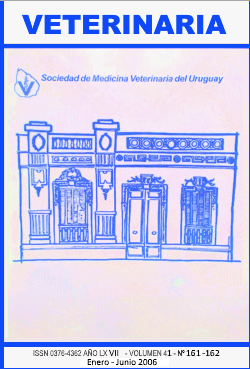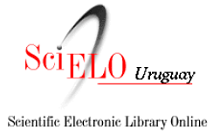Surgical repair of skeletal defects in small animals using deantigenized xenogenic bone implants
preliminary results
Keywords:
Skeletal repair, Xenografting, Tissue banking, Veterinary orthopedic surgery, Bone implantsAbstract
Autografting for bone repair in large seletal defects carries high morbidity and represents a source of complications at the donor site, as well. Besides, the lack of animal tissue banks in our country renders safe allografting a difficult task to achieve. Bone repair by bilogic methods can incluse using processed, non-antigeneic, freeze-dried bone from a xenogeneic source. Such material can be obteined from a safe source in our country, and be eassily available in large quantities. Our good results in experimental bone xenografting in rodents (absence of significant immune response along with local osteoinduction), induced us to design a clinical trial using antigen-depleted, freeze-dried bovine bone to repair skeletal defects in small animals, due to trauma, infection, degenerative or tumor diseases. Excellent anatomic, clinic and functional outcome in the first few cases prompted us to diseminate our preliminary results of the putgoing trial.











